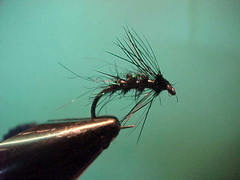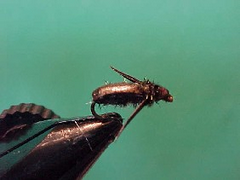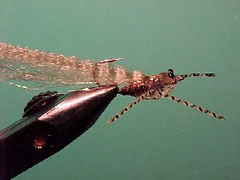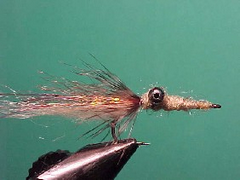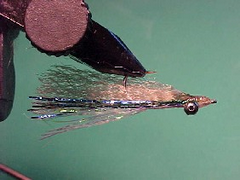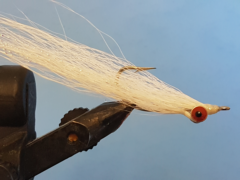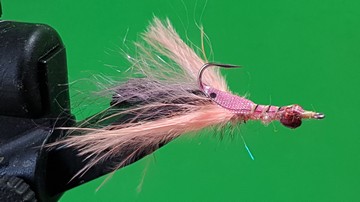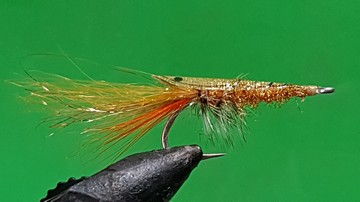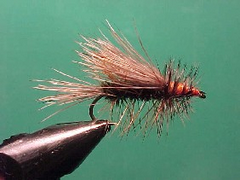Dark magic – Chatto original
As long as there is a flow in a river to work a fly then English Spiders are an option. Particularly if you want to target educated fish in clear slower water. They land softly and are suggestive little flies. The combination of the buggy shape, the movement of the soft hackle often produce a hit.

